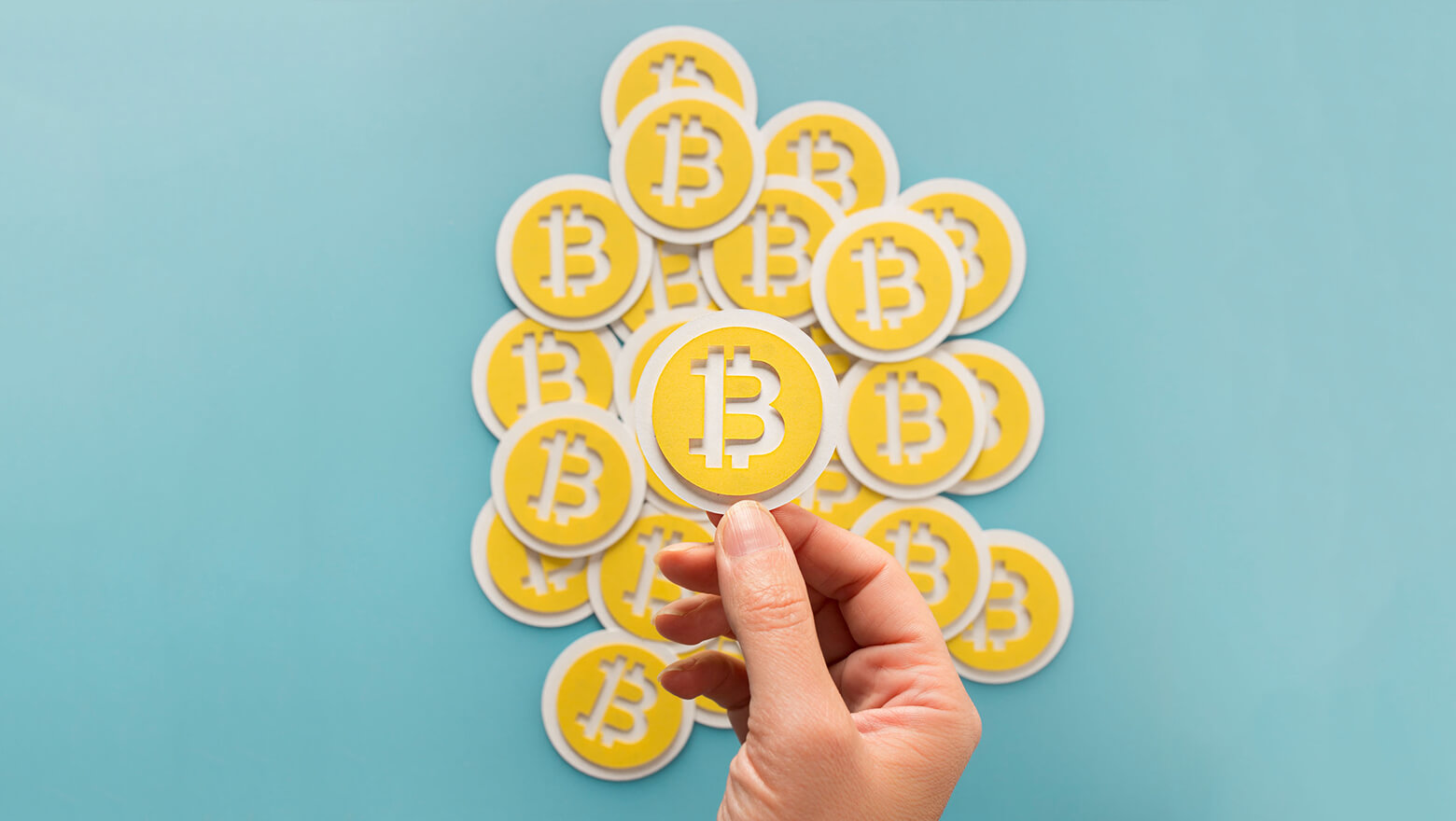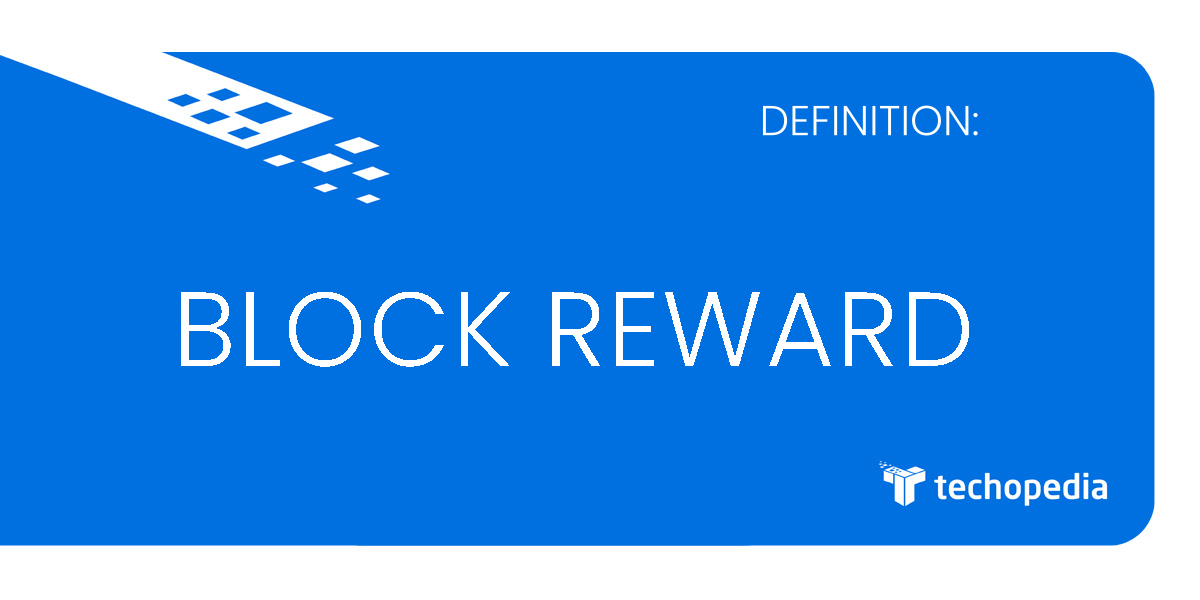
A common question that investors ask when evaluating the benefits of yield farming is: Should I invest in DeFi? There are many reasons to do so. One reason is yield farming, which can generate substantial profits. Early adopters may be eligible for high-value token rewards. They can then reinvest their profits and sell the token rewards to make a profit. Yield farming is a well-proven investment strategy that can produce significantly more interest over conventional banks. However, there are some risks. DeFi, which is subject to volatility in interest rates, is a less risky place to invest.
Investing in yield farming
Yield Farming is an investment strategy in which investors receive token rewards for a percentage of their investments. These tokens may quickly rise in value and can be sold for profit or reinvested. Yield Farming is a way to earn higher returns than conventional investments. However, it comes with high potential for Slippage. During periods of high volatility, a percentage rate per year is not reliable.
The DeFi PULSE site is an excellent place to check the performance of a Yield Farming project. This index reflects the total value of cryptocurrencies locked in DeFi lending platforms. It also shows the total liquidity of DeFi liquidity pool. Many investors use the TVL index to analyze Yield Farming projects. This index is also available on DEFI PULSE. The index's rise indicates that investors are positive about this type of project.
Yield farming refers to an investment strategy where liquidity is provided by decentralized platforms. Yield farming is a different investment strategy than traditional banks. It allows investors to generate significant amounts of cryptocurrency using idle tokens. This strategy is built on decentralized exchanges as well as smart contracts that allow investors and parties to automate financial agreements. Investors can earn transaction fees, governance tokens and interest by investing in yield farms.

Find the right platform
It may seem simple, but yield farming isn't as easy as it seems. Among the many risks associated with yield farming is the possibility of losing your collateral. DeFi protocols are often developed by small teams with low budgets. This makes it more difficult to find bugs in smart contracts. You can mitigate the risk from yield farming by selecting a suitable platform.
Yield farming, a DeFi application that allows digital assets to be borrowed and lent through smart contracts, is also known as DeFi. These platforms provide crypto holders with trustless financial opportunities. They allow them to lend their assets to others through smart contracts. Each DeFi application is unique in its functionality and characteristics. This will influence the way yield farming is performed. Each platform has its own lending and borrowing conditions.
Once you've chosen the right platform for you, you can reap the rewards. Your funds should be added to a liquidity reserve in order to achieve a profitable yield farming strategy. This is a system that uses smart contracts to power a marketplace. This type of platform allows users to lend or exchange tokens for fees. These platforms pay token holders for lending them their tokens. If you are looking for an easy way to get started with yield farming, you might consider a smaller platform that lets you invest in a wider range of assets.
The identification of a metric that measures the health of a platform
The success of the industry depends on the identification of a metric to measure the health of a yield-farming platform. Yield farming can be described as the process of earning cryptocurrency rewards, such like bitcoin and Ethereum. This process can be described as staking. Yield-farming platforms work with liquidity suppliers, who then add funds to liquidity pool. Liquidity providers usually earn a fee for adding liquidity to their platforms.

A metric that can determine the health of a yield farming platform is liquidity. Yield farming is an automated market-maker model that uses liquidity mining. Yield farming platforms offer tokens that can be pegged to USD and other stablecoins in addition to cryptocurrency. The value of funds provided by liquidity providers and the rules that govern trading costs are the basis for the rewards.
To make a sound investment decision, it is important to identify the metric that will measure a yield agriculture platform. Yield farm platforms are highly volatile, and can be subject to market fluctuations. These risks can be mitigated by yield farming, which is a form or staking that allows users to stake cryptocurrency for a set amount of time for a fixed sum of money. Yield farming platforms are risky for both lenders and borrowers.
FAQ
How Are Transactions Recorded In The Blockchain?
Each block includes a timestamp, link to the previous block and a hashcode. Transactions are added to each block as soon as they occur. This continues until the final block is created. The blockchain then becomes immutable.
What is the next Bitcoin, you ask?
Although we know that the next bitcoin will be completely different, we are not sure what it will look like. It will be distributed, which means that it won't be controlled by any one individual. It will likely be based on blockchain technology. This will allow transactions that occur almost instantly and without the need for a central authority such as banks.
Which crypto to buy today?
Today I recommend buying Bitcoin Cash (BCH). BCH has been steadily growing since December 2017, when it was trading at $400 per coin. The price of BCH has increased from $200 up to $1,000 in less that two months. This shows how confident people are about the future of cryptocurrency. It also shows that investors are confident that the technology will be used and not only for speculation.
When should I buy cryptocurrency?
It is a great time for you to invest in crypto currencies. The price of Bitcoin has increased from $1,000 per coin to almost $20,000 today. This means that buying one bitcoin costs around $19,000. The market cap of all cryptocurrencies is about $200 billion. So, investing in cryptocurrencies is still relatively cheap compared to other investments like stocks and bonds.
Is Bitcoin going mainstream?
It's already mainstream. More than half of Americans use cryptocurrency.
Statistics
- A return on Investment of 100 million% over the last decade suggests that investing in Bitcoin is almost always a good idea. (primexbt.com)
- Ethereum estimates its energy usage will decrease by 99.95% once it closes “the final chapter of proof of work on Ethereum.” (forbes.com)
- This is on top of any fees that your crypto exchange or brokerage may charge; these can run up to 5% themselves, meaning you might lose 10% of your crypto purchase to fees. (forbes.com)
- Something that drops by 50% is not suitable for anything but speculation.” (forbes.com)
- While the original crypto is down by 35% year to date, Bitcoin has seen an appreciation of more than 1,000% over the past five years. (forbes.com)
External Links
How To
How to convert Cryptocurrency into USD
It is important to shop around for the best price, as there are many exchanges. It is recommended that you do not buy from unregulated exchanges such as LocalBitcoins.com. Always research the sites you trust.
BitBargain.com allows you to list all your coins on one site, making it a great place to sell cryptocurrency. You can then see how much people will pay for your coins.
Once you have found a buyer you will need to send them bitcoin or other cryptocurrency. Wait until they confirm payment. Once they confirm payment, your funds will be available immediately.